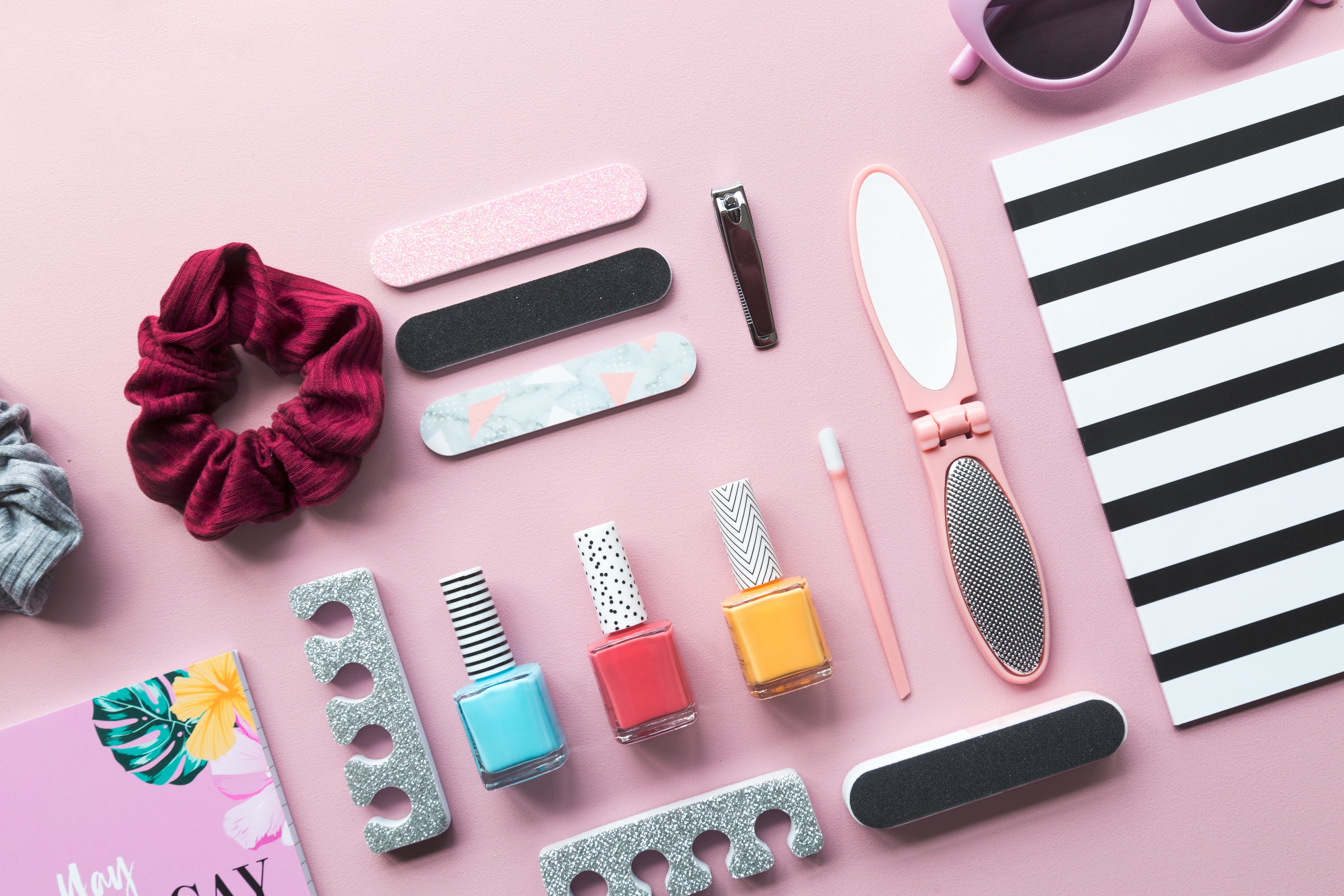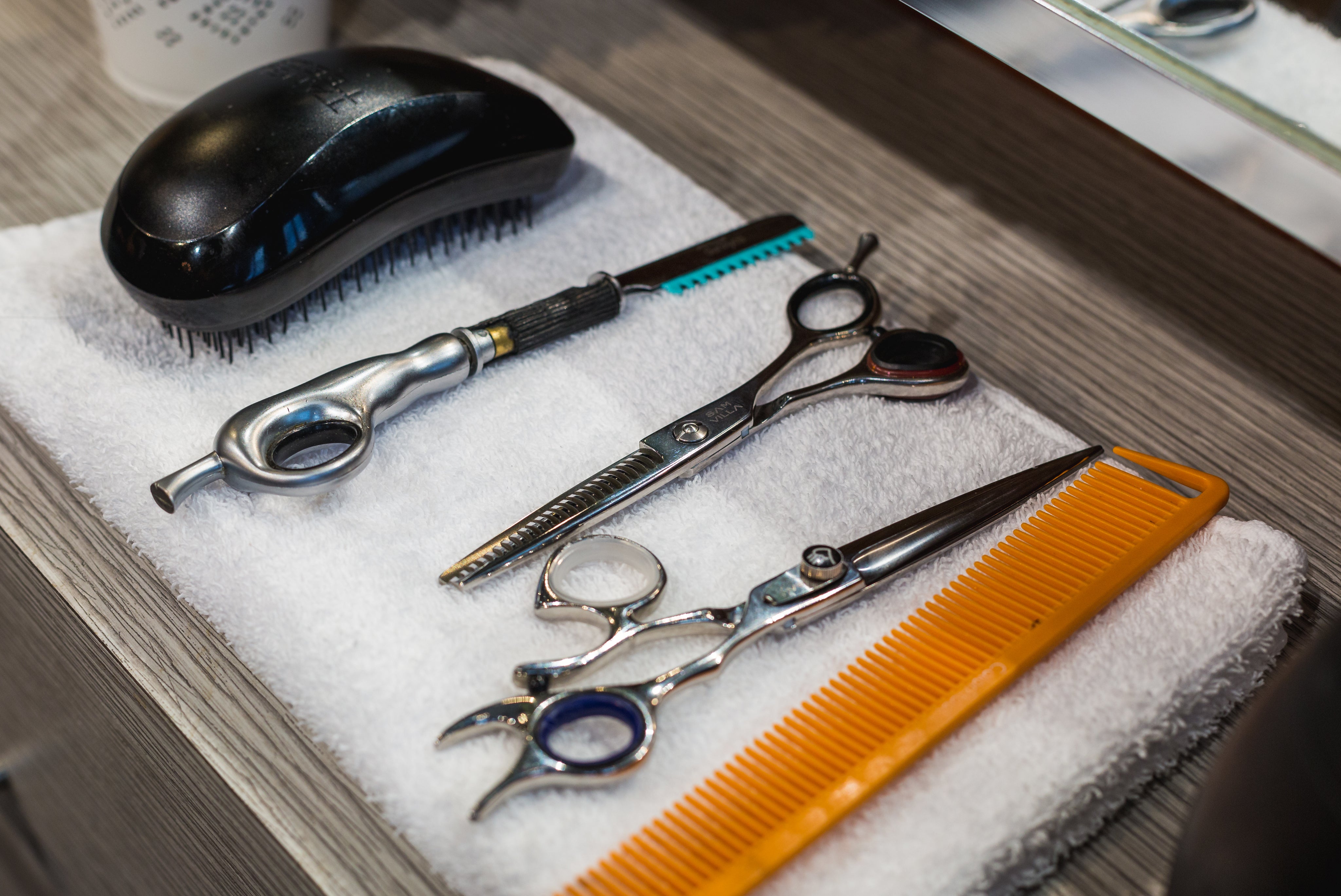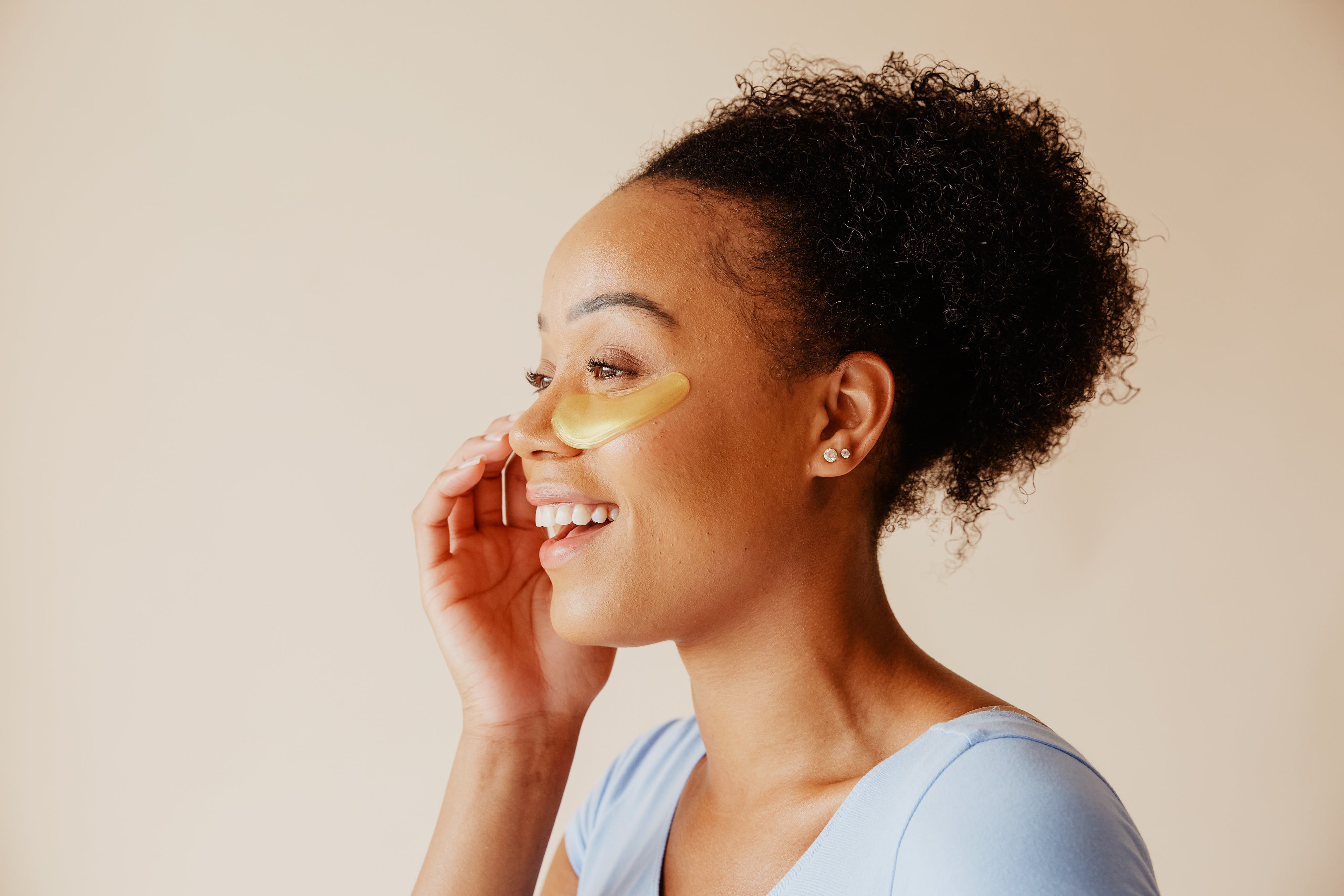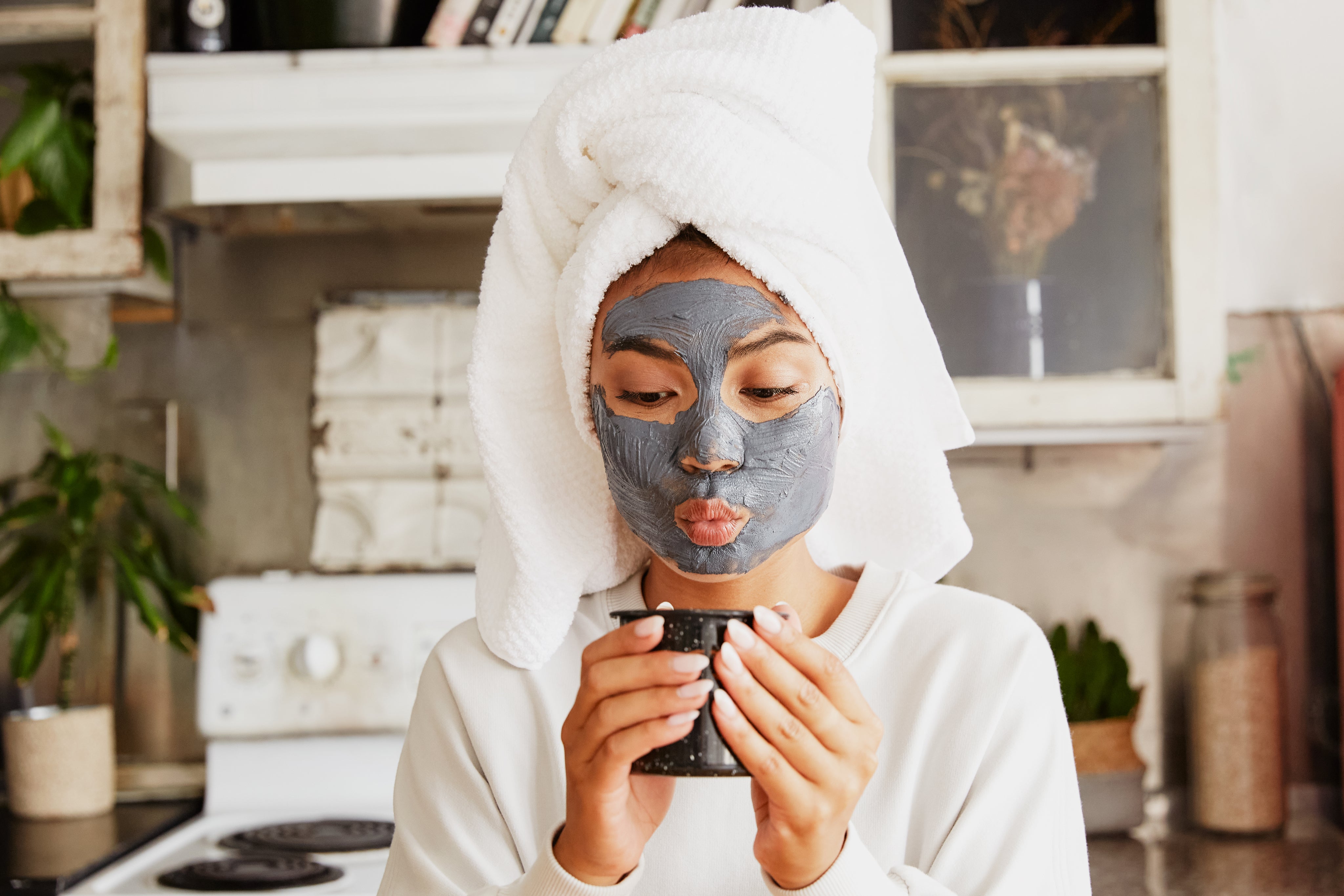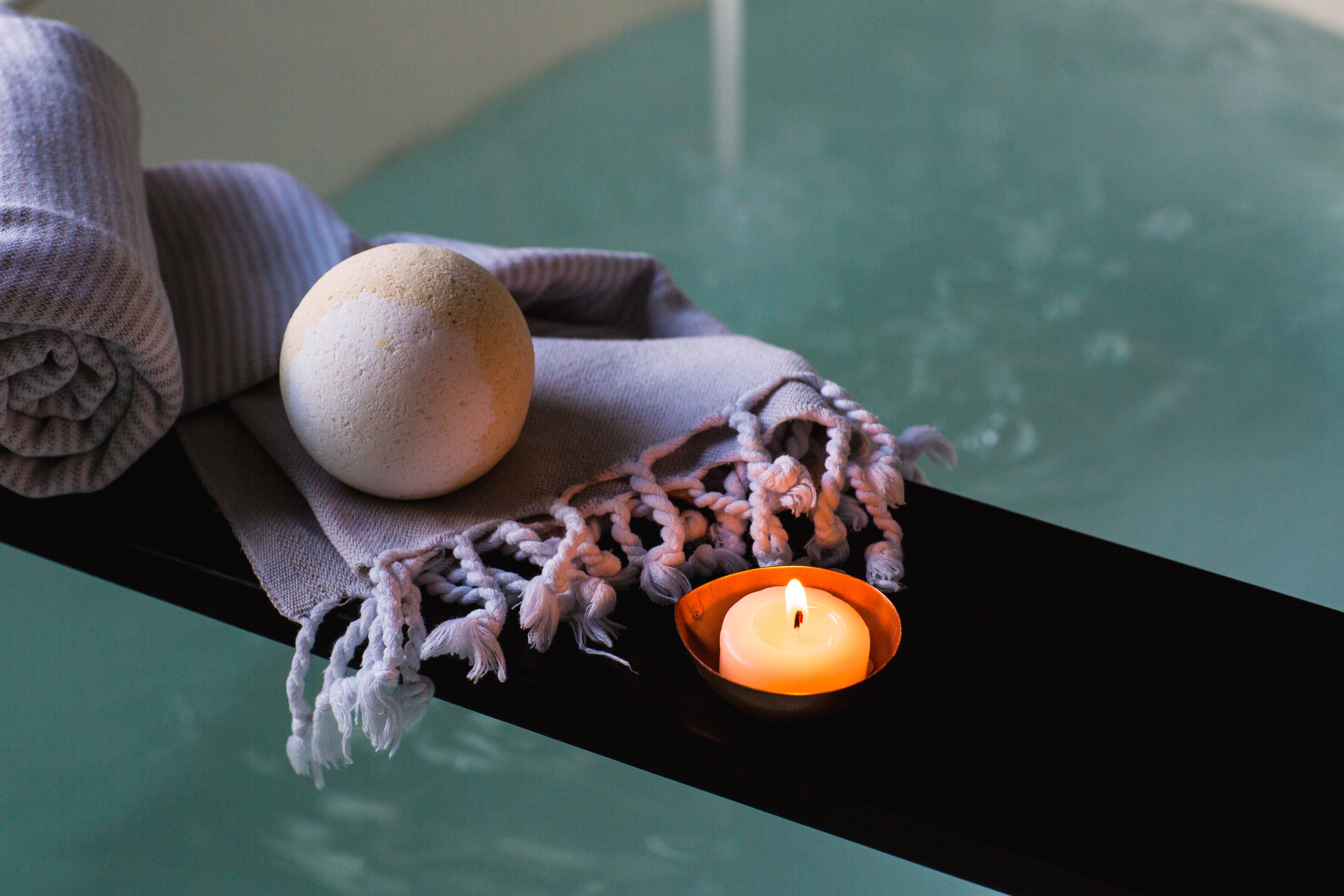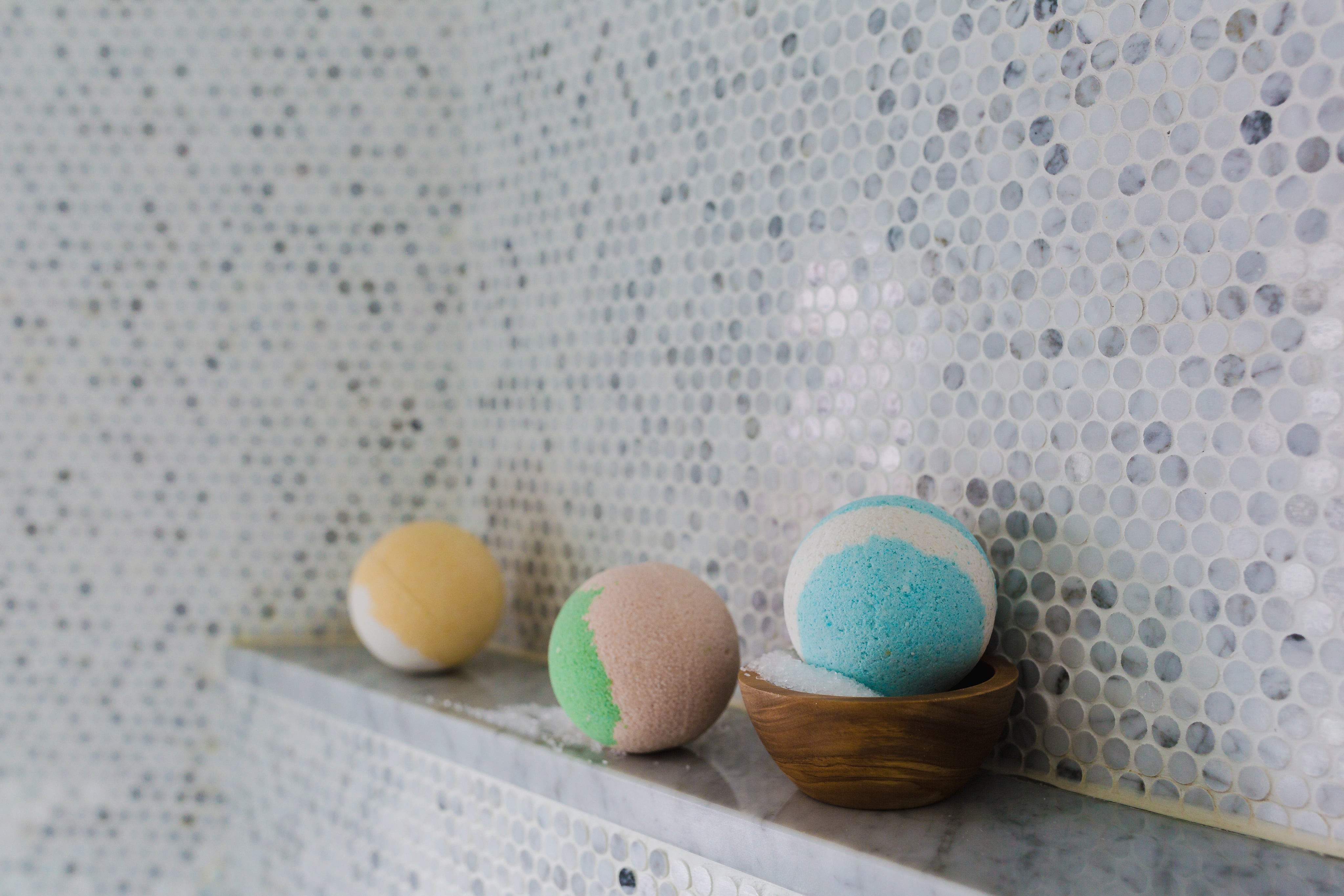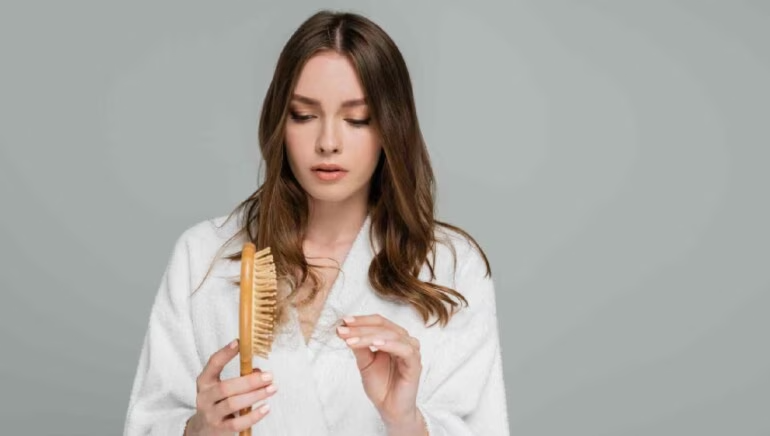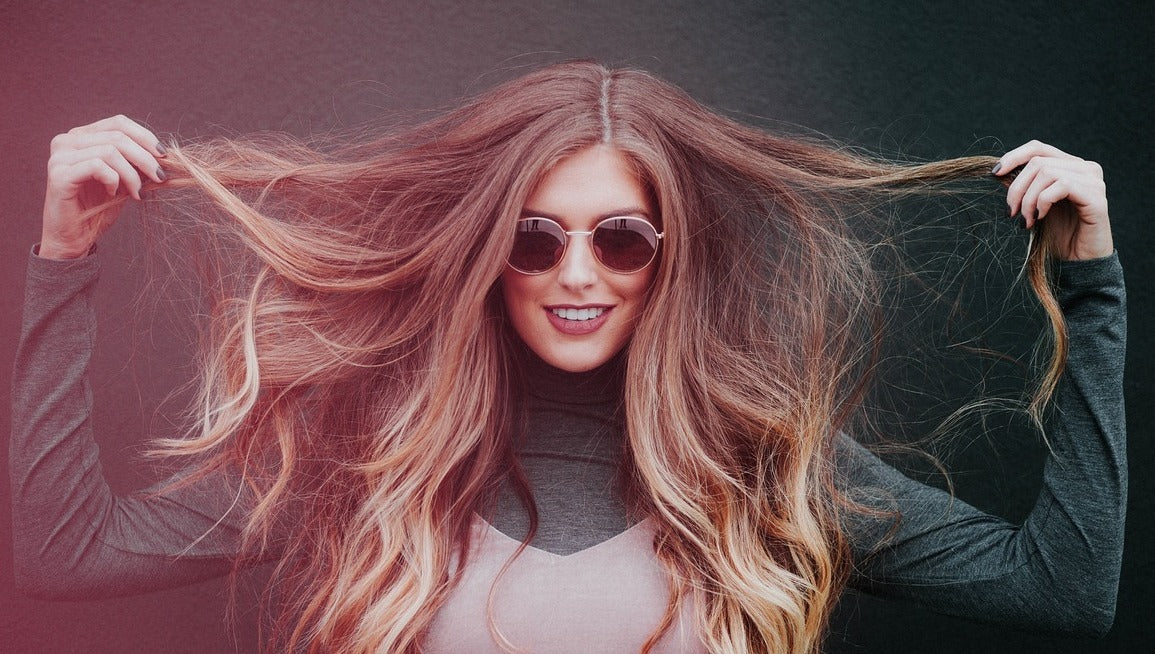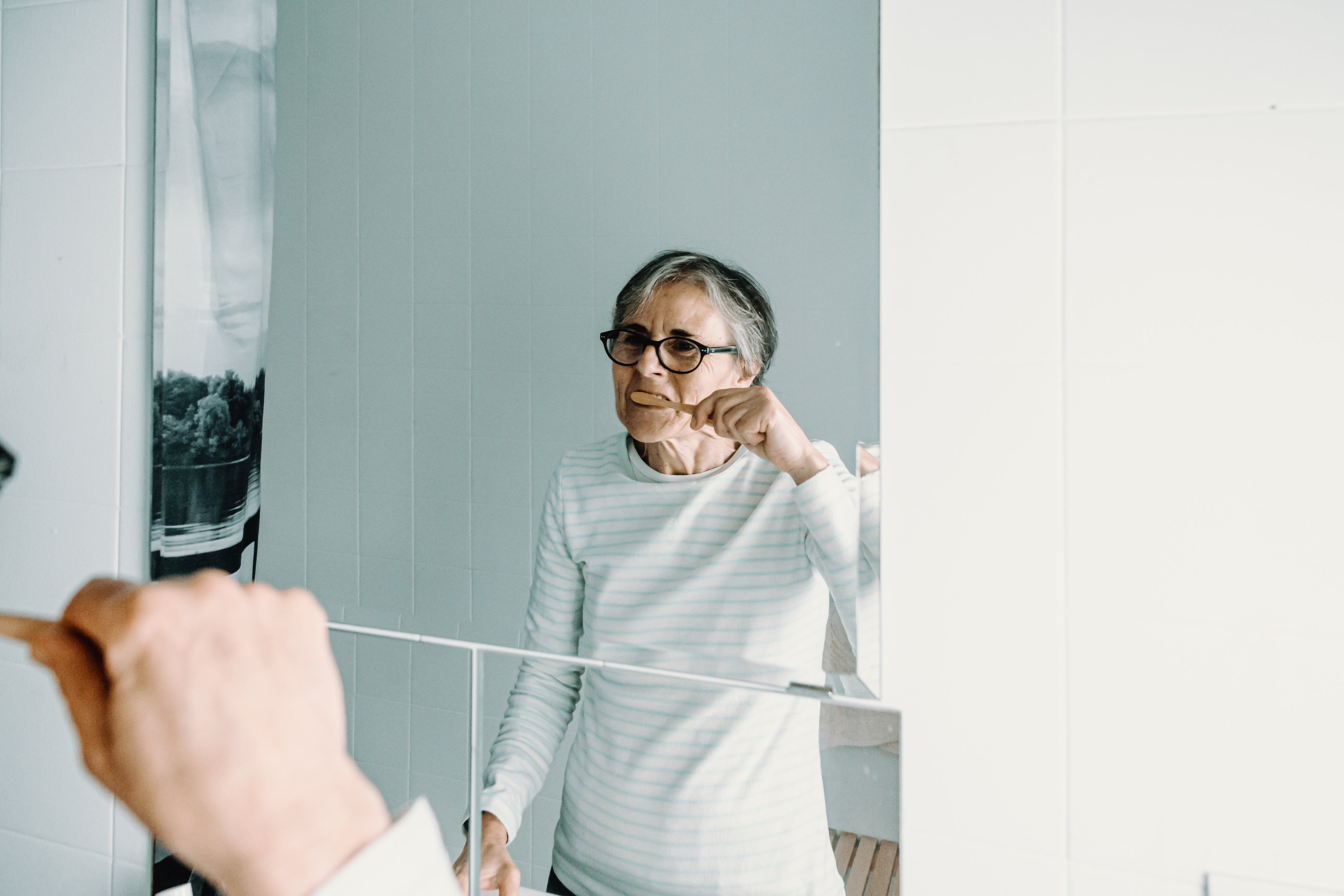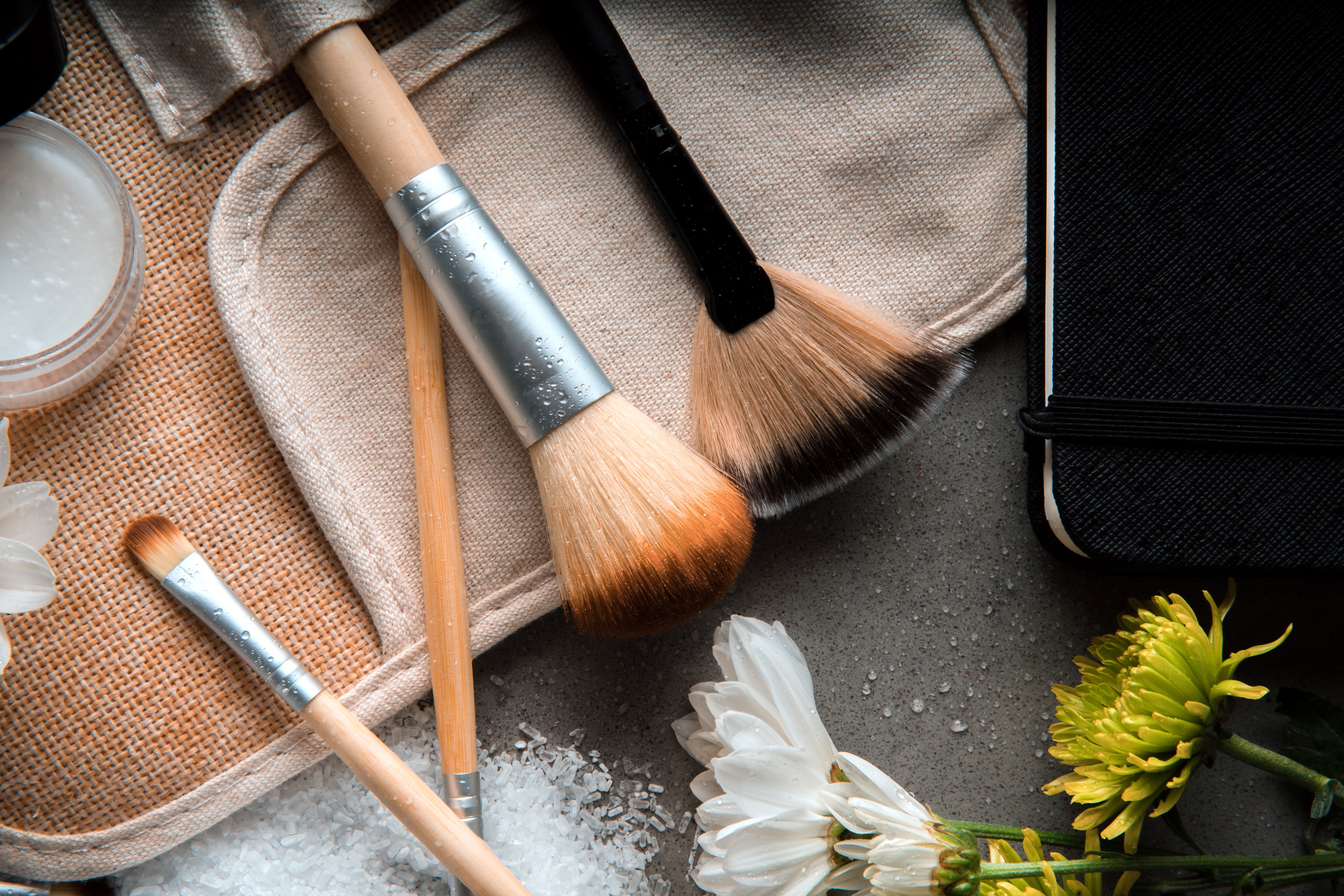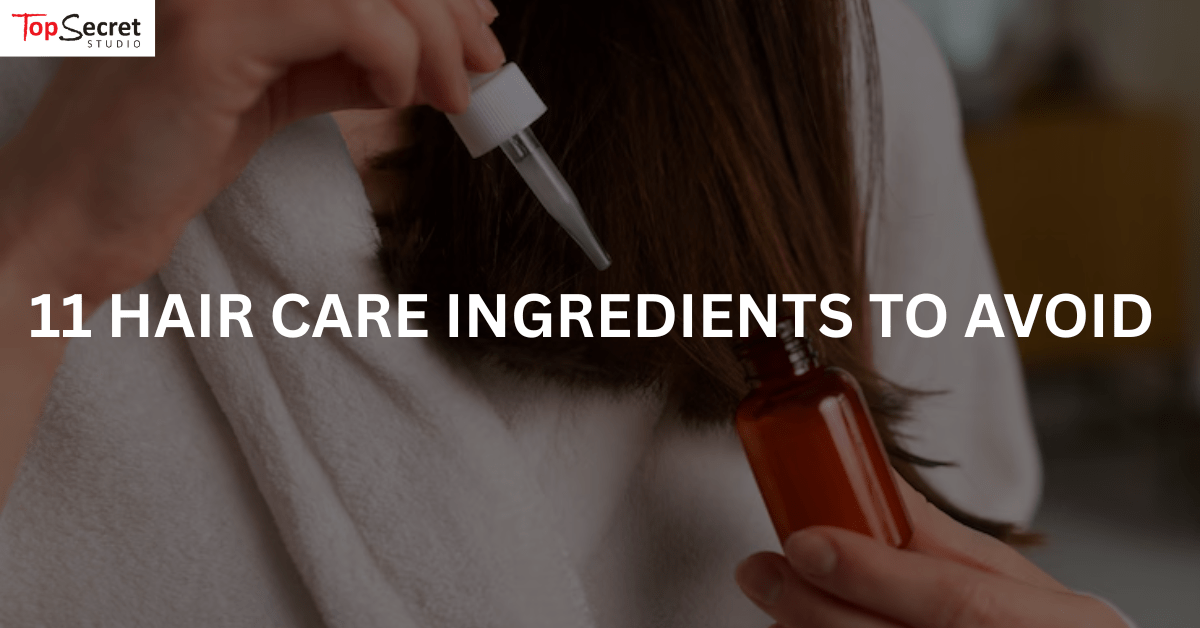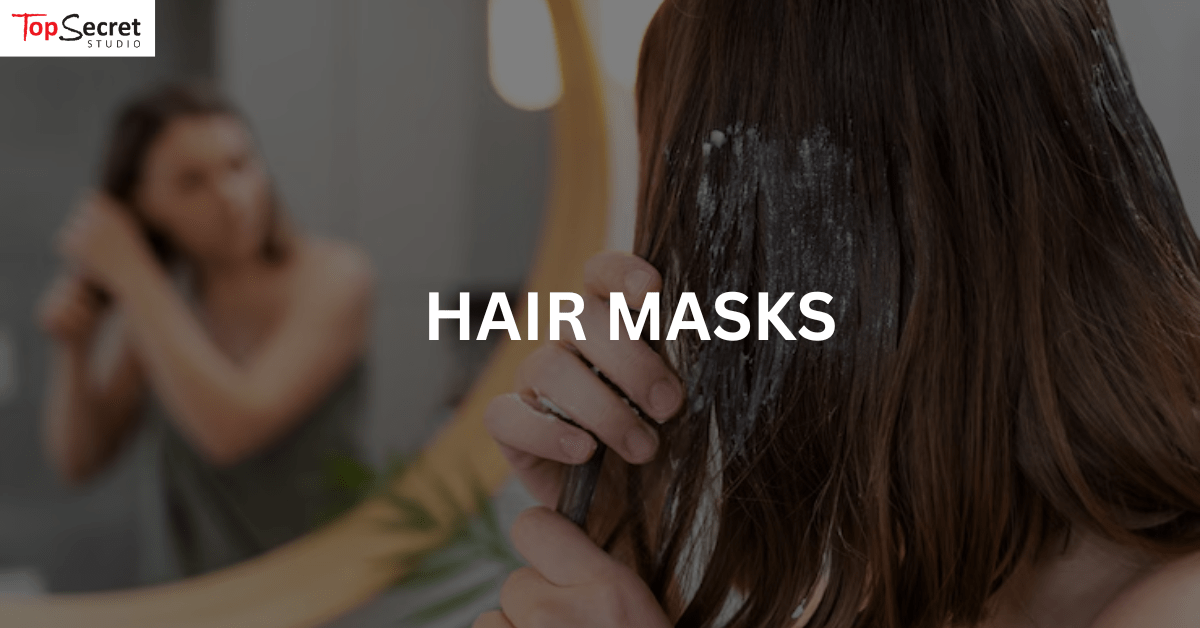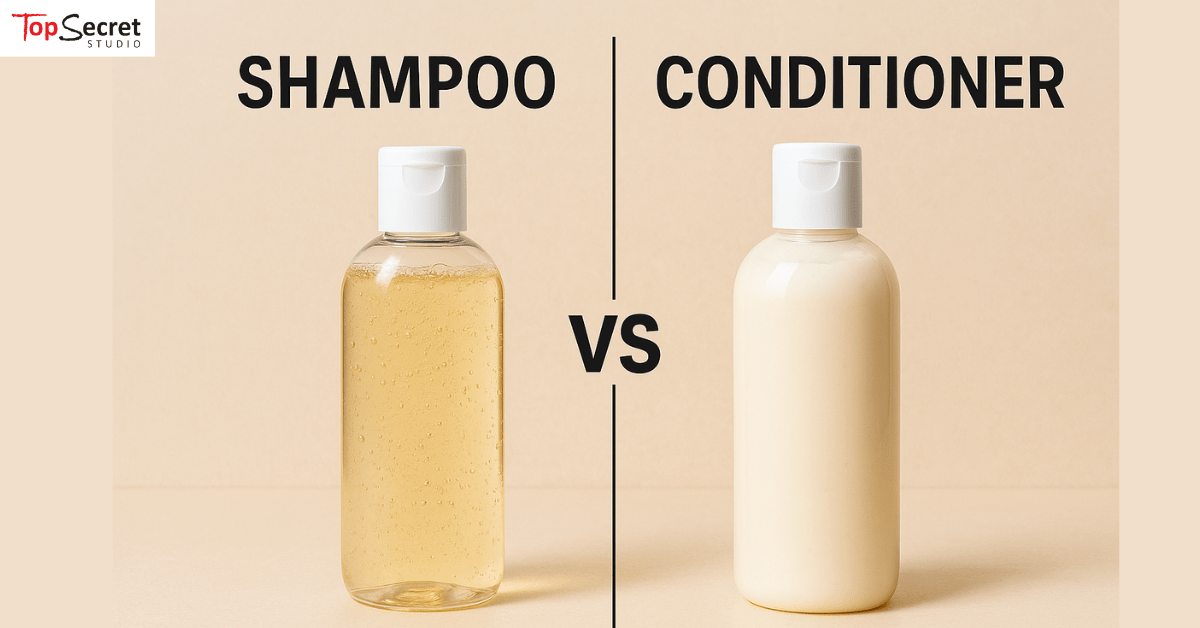
Shampoo vs Conditioner: What’s the Real Difference?
Many people use shampoo and conditioner daily without fully understanding how each product works or why both are important.
While these hair care essentials often appear as a pair, their roles and effects on your hair are very different. So before you grab that 3-in-1 Head & Shoulders and call it a day, take a moment to learn the differences and your hair will thank you.
What is Shampoo
Shampoo’s primary function is cleansing. It removes dirt, sweat, excess oils, and product buildup from the scalp and hair strands.
- Shampoos contain surfactants, ingredients that bind to oil and grime so they can be rinsed away easily.
- Many shampoos are tailored to specific hair types and concerns, such as oily scalps, dryness, or colour-treated hair.
- It is widely known that using shampoo too often or selecting formulas with harsh detergents may strip away natural oils, causing the hair to become dry or brittle.
How Conditioner Works Differently
Conditioner hair products don't clean hair, but they do play an important role in replenishing moisture, smoothing the hair surface, and protecting strands from damage. You can think of them as polish for cars that give them that nice shine.
- It primarily works on the hair shaft, coating strands with emollients and proteins that smooth rough cuticles.
- Conditioners help reduce tangling, tame frizz, and improve softness and shine. By forming a thin layer around the hair, conditioners lock in moisture and make hair easier to manage.
Why Both Shampoo and Conditioner Matter
Shampoo plays an important role in keeping your hair clean. It removes sweat, oil, dirt, and product buildup from the scalp and strands. But on its own, shampoo can leave hair feeling a bit dry, tangled, or rough, especially if used frequently.
That’s where conditioner comes in. After shampooing lifts impurities and opens up the hair cuticle, conditioner helps to smooth it back down.This adds softness, reduces frizz, and makes hair much easier to detangle and manage.
Used together, shampoo and conditioner create a balanced hair care routine. Shampoo clears the scalp and refreshes the roots, while conditioner focuses on hydrating and protecting the lengths. This combination helps your hair look and feel healthier, softer, and more manageable after every wash. Pretty neat eh?
“Using both products thoughtfully helps maintain hair that’s not only clean but also nourished and manageable.”
How to Use Shampoo and Conditioner Properly
Getting good results from shampoo and conditioner isn’t just about the brand you choose, it’s also about how you use them. You could have the most expensive L’Oréal hair conditioner or a salon-grade Shiseido shampoo, but if your technique is off, you won’t see the full benefits.
-
Start with shampoo: Wet hair thoroughly, then massage shampoo into your scalp using your fingertips. This lifts dirt and oil.
-
Rinse shampoo fully: Make sure no residue remains, as leftover shampoo can cause buildup.
-
Apply conditioner: Focus on the mid-lengths to ends, avoiding the roots if your scalp is oily.Comb gently: Use a wide-tooth comb or your fingers (avoid the nails) to spread conditioner evenly.
- Let it sit: Leave the conditioner on for 2 to 5 minutes (or as directed) to allow absorption.
- Rinse with cool or lukewarm water: Cooler water helps seal the cuticle, locking in moisture and adding shine.
Common Misunderstandings About Shampoo and Conditioner
-
Myth: Conditioner causes greasy hair
Many people avoid conditioners because they think it will make their hair look oily or heavy. In reality, when applied correctly such as focusing on the mid-lengths and ends, not the scalp, and rinsing it out thoroughly, conditioner won’t leave behind any greasy residue.
-
Myth: Shampoo alone is enough for healthy hair
Shampoo plays an important role in keeping the scalp clean and removing build-up, but it doesn’t hydrate or smooth the hair. Without conditioner, hair is more likely to become dry, prone to tangling, and more vulnerable to damage from brushing or heat.
-
Myth: Everyone needs to condition every time they shampoo
How often you use conditioner depends on your hair type and what it needs. People with very fine, oily, or short hair might find that a lighter formula or less frequent use is more effective. On the other hand, those with dry, thick, or colour-treated hair often benefit from conditioning after every wash to maintain softness and strength.
Choosing the Right Products for Your Hair
Not all shampoos and conditioners are the same, and matching them to your hair type or concerns can make a big difference.
|
Hair Type/Concern |
Recommended Shampoo Type |
Recommended Conditioner Type |
Why It Works |
|
Dry or Curly Hair |
Moisturising, nourishing |
Deep conditioning, rich formula |
Adds hydration and helps define curls |
|
Fine or Oily Hair |
Lightweight, balancing |
Lightweight or leave-in |
Cleanses without heaviness |
|
Colour-Treated Hair |
Colour-safe, gentle |
Repairing, protective |
Maintains colour vibrancy and rebuilds strength |
|
Frizzy or Damaged Hair |
Smoothing, reparative |
Anti-frizz, restorative |
Controls flyaways and repairs damage |
|
Sensitive or Itchy Scalp |
Soothing, gentle |
Scalp-nourishing |
Reduces irritation and calms the scalp |
Always read labels carefully and patch test new products if you have sensitive skin or scalp concerns, you can never be too careful when it comes to your hair.
Special Tips for Optimal Hair Care
-
Avoid washing your hair with very hot water, as it can strip natural oils from both your scalp and strands. This can leave hair feeling dry, rough, and more prone to frizz, especially if it’s already damaged or treated.
- After conditioning, use a wide-tooth comb to gently detangle your hair while it’s damp. This helps distribute the conditioner evenly and reduces breakage, as wet hair is more delicate and vulnerable to snapping.
- If you often use styling products like gels, or dry shampoo, try rotating your shampoo every few weeks. JB Hair salon experts advice Switching shampoos helps prevent product buildup on your scalp and hair, which can weigh hair down and cause irritation.
- Consider using a clarifying shampoo once a month for a deeper cleanse. These shampoos remove stubborn residues and refresh the scalp, but should be used sparingly to avoid drying out hair, particularly if it’s dry or colour-treated.
For better entertainment and activities, do consider their KSL Hair Salon branch.
Name: REDS Hair Salon KSL | KSL City Mall
Address: L1-122, Level 1, KSL City Mall, 33, Jalan Seladang, Taman Century, 80250 Johor Bahru, Johor
Phone: +6011 8888 7643
Opening Hours: 10am – 10pm daily
Shampoo and Conditioner Are Partners, Not Replacements
At Top Secret, we understand that shampoo and conditioner are partners, not replacements. Each plays a distinct role in maintaining healthy hair, shampoo cleanses the scalp and strands, removing oils and buildup, while conditioner restores moisture, smooths the hair cuticle, and helps protect against daily wear and tear.
We offer a carefully selected range of branded shampoos and conditioners from trusted names like Shiseido, L’Oréal, and Aveda, designed to suit a variety of hair types and concerns.
Using the right products, paired with proper application techniques, can make a noticeable difference in the health, shine, and manageability of your hair. Together, shampoo and conditioner provide a balanced routine that leaves hair looking and feeling its best.
Frequently Asked Questions About Shampoo vs Conditioner
Can I Use a Conditioner Without Shampoo?
Yes. It’s possible to condition without shampooing, especially if you use a co-wash product designed to cleanse gently while conditioning.
How Long Should I Wait Between Shampooing and Conditioning?
You should apply conditioner immediately after rinsing out shampoo to lock in moisture while the hair cuticle is still open.
Is It Okay To Use Shampoo and Conditioner Every Day?
Daily shampooing can be harsh for some hair types, it’s better to adjust frequency based on your scalp’s oiliness and hair condition, while conditioning can often be done more regularly.
What’s The Difference Between Leave-In Conditioner And Regular Conditioner?
Leave-in conditioners are lighter, designed to stay in the hair without rinsing, offering ongoing hydration and protection, unlike rinse-out conditioners.
How Do I Know If My Conditioner Is Working?
You’ll notice smoother, softer hair that is easier to detangle and less prone to static or frizz if your conditioner is effective.
Can Using Too Much Conditioner Cause Hair Loss?
Using excessive conditioner won’t directly cause hair loss, but buildup from overuse can clog follicles and weaken strands, potentially leading to breakage.

